This month, two of Apple's competitors - Samsung and Huawei - managed to publish images that the manufacturers said were taken of their smartphones. Unfortunately, it turned out that the truth was a little different. The effort to highlight the excellent camera features of the given smartphones was therefore useless and their manufacturers rather harmed themselves.
Over the weekend, a photo emerged of the actress using a Huawei Nova 3 while filming a thirty-second commercial SLR camera instead of the mentioned phone, the Samsung company, in turn, passed off the images from the photo bank as photos taken by the camera of the Galaxy A8 smartphone. In its apology, Samsung said it mistakenly selected the photos from its database because they matched the target audience. According to Huawei, the aim of the ad was to show how customers can use the phone's functions.
The apology of both companies is comprehensible and quite understandable, but both cases point to the issue of promoting the camera features of smartphones. It is certainly not possible to claim that the cameras of competing smartphones are worse than those in the iPhone. But Apple has a winning ace up its sleeve - an ace called "Shot on iPhone".
Shot on iPhone is a campaign that started after the launch of the iPhone 6 and continues successfully with the current iPhone X. It is simple, impressive, with a clear message. In it, Apple cleverly uses social networks and involves its customers who publish images with the relevant hashtag. But it doesn't stop at social networks: Apple selects the best images, which then find their way to people through billboards and other media. Even in this campaign, of course, there are pictures from professionals, but they are always really pictures taken with an iPhone - and this is one of the best possible ways to promote the features of its camera.
When it comes to advertisements promoting the iPhone's video recording capabilities, (not only) a number of experts and editors are skeptical. It is true that the shots in these commercials come from an iPhone, but after they are shot, a team of experts takes care of the recordings and properly edits them. Professional background and equipment is also part of the shooting itself. However, their popularity among some film directors speaks volumes about the filming quality of Apple smartphones.
Source: Cult of Mac
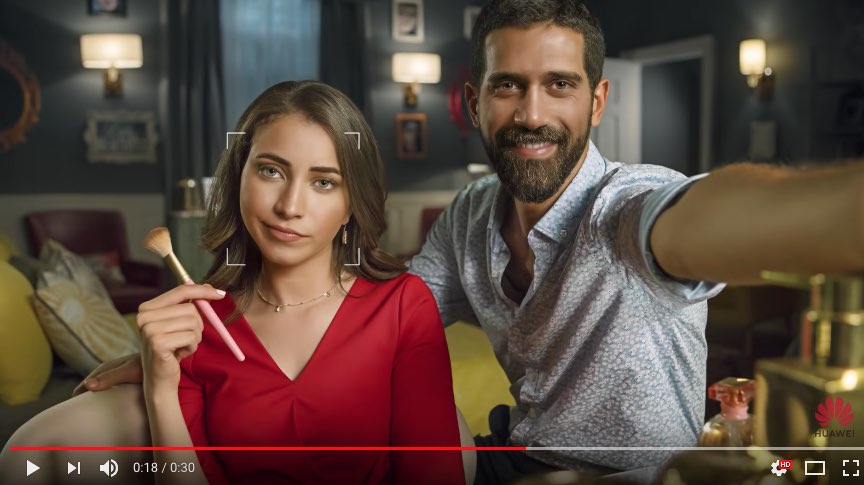
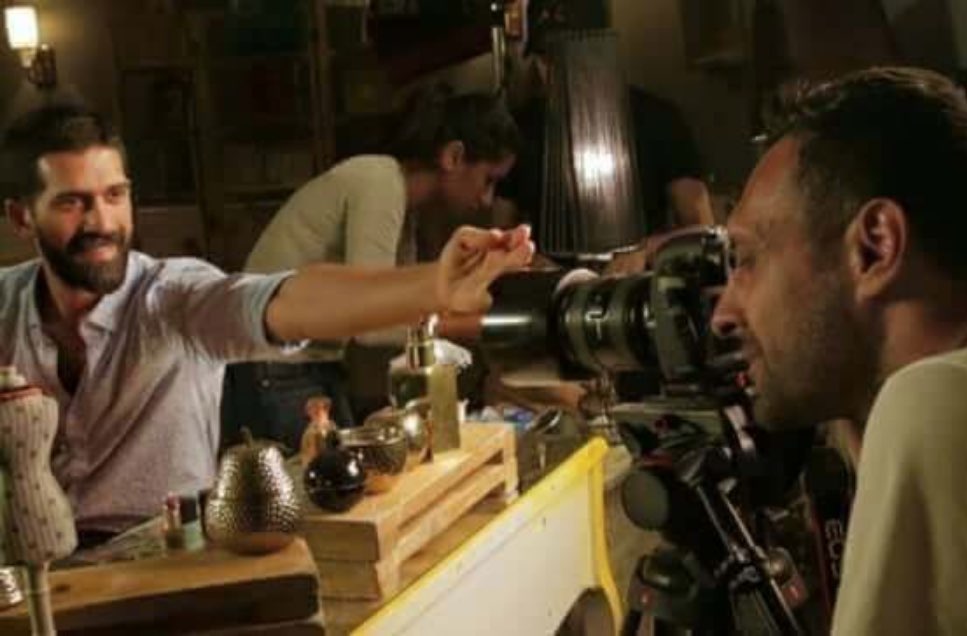
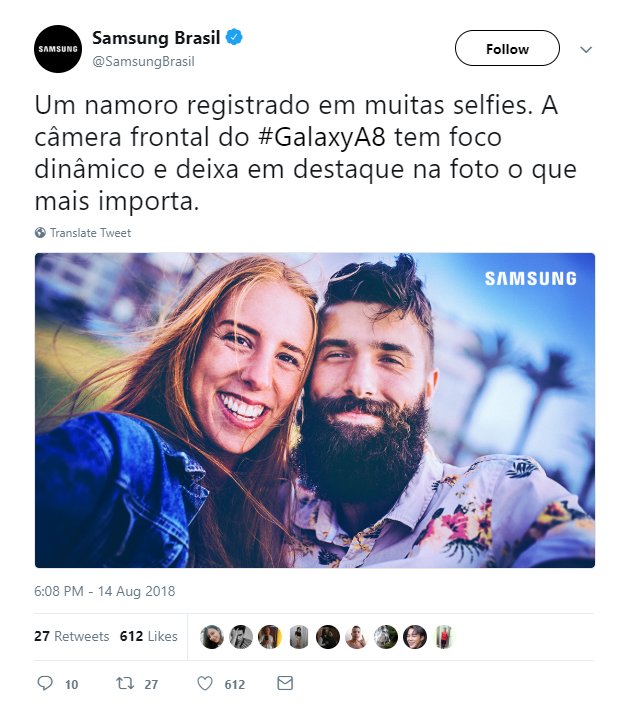
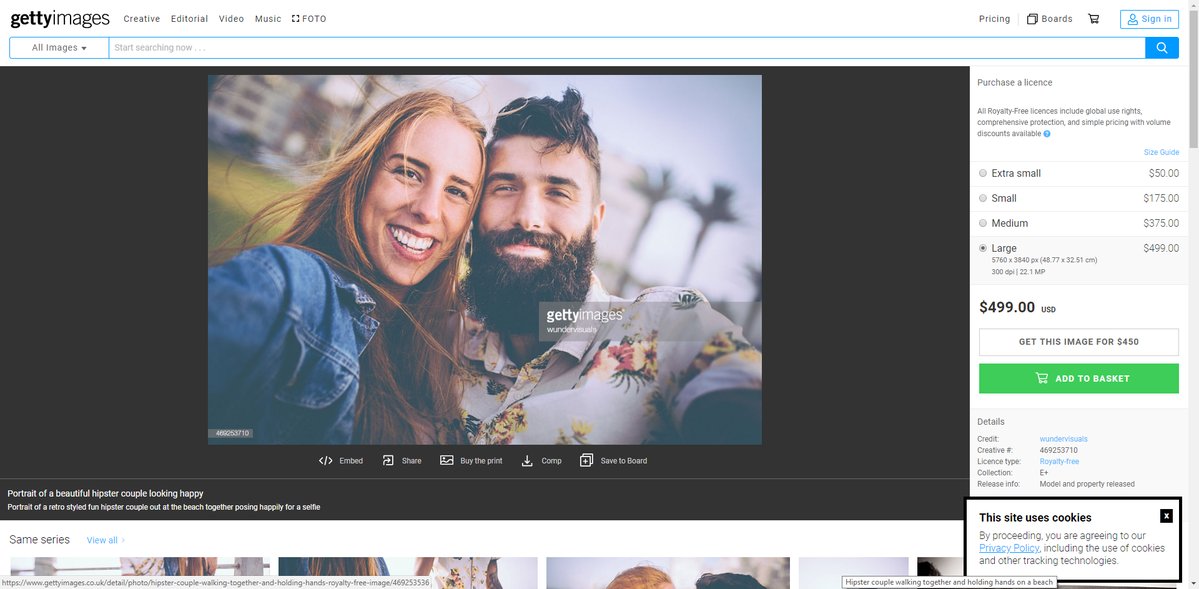
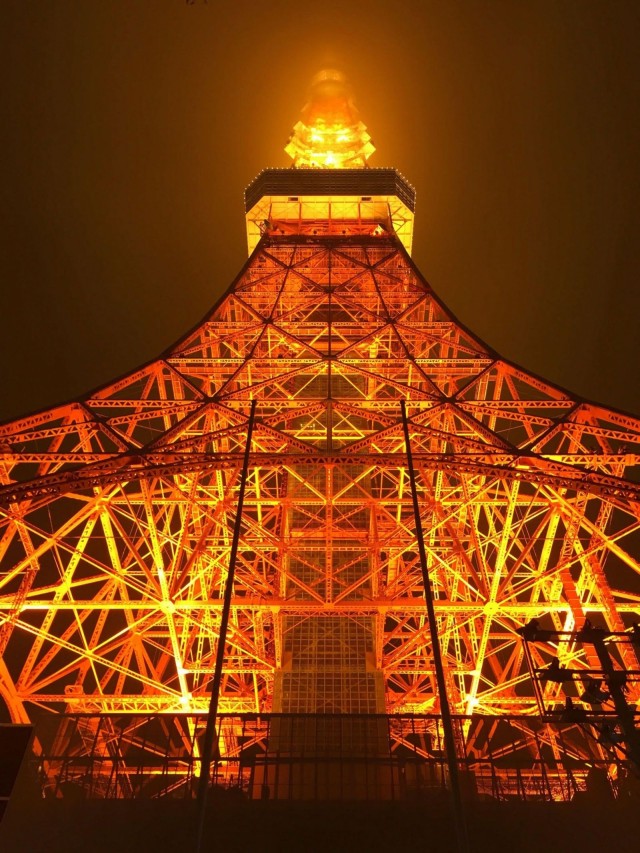

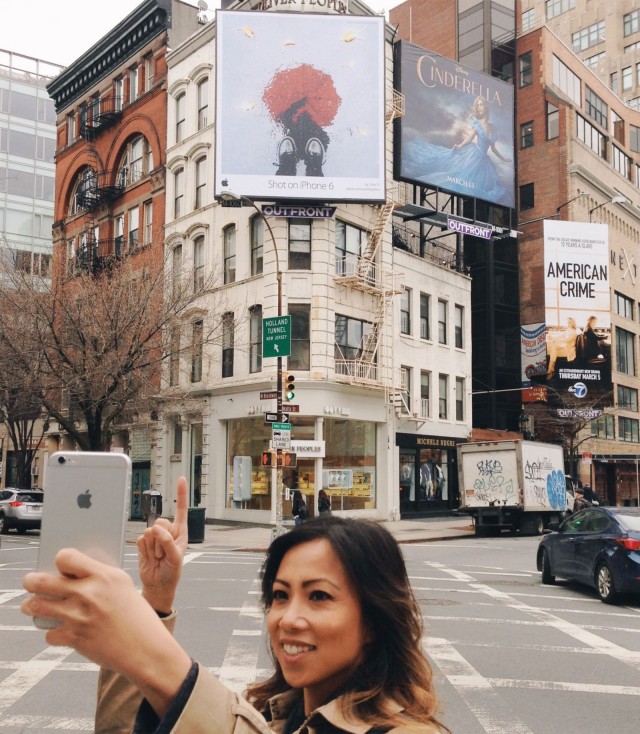
If you are interested in films made with iP, I recommend this year's film Unsane by Steven Soderbergh. When a pro takes it up, it's incredible what can be filmed with a phone. If someone had told me 10 years ago... :))
Acting as in Judge Barbara